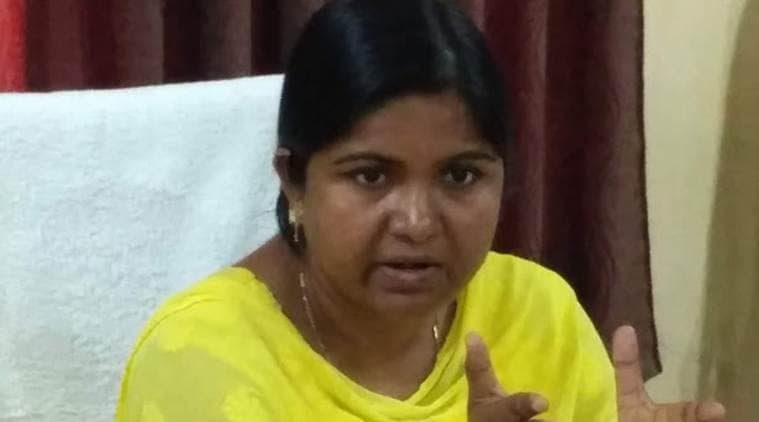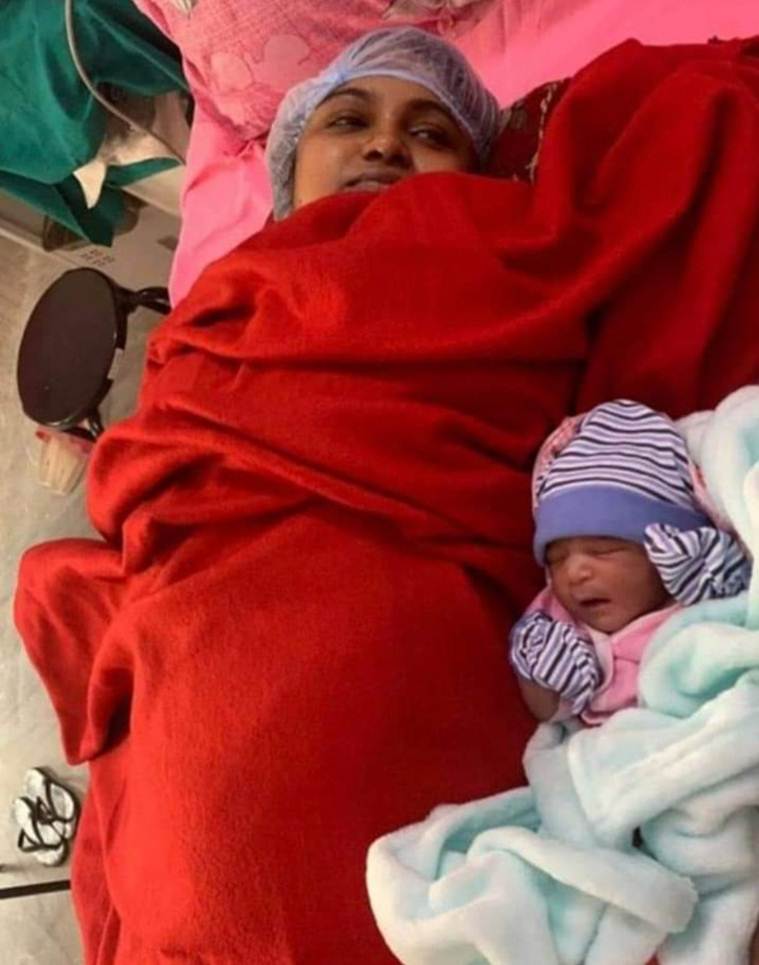 Godda Deputy Commissioner Kiran Pasi. (Photo source: ZEN TSU blog)
Godda Deputy Commissioner Kiran Pasi. (Photo source: ZEN TSU blog)
When this IAS officer in Jharkhand was nearing the due date in her second pregnancy, she was clear about where she wanted to deliver the baby. Not at the private hospital in Lucknow where she had delivered her first child four years ago, or even in the state capital — but the government district hospital in Godda, where she is the Deputy Commissioner, over 320 km northeast of Ranchi.
The C-section delivery at 9.51 am Sunday of Kiran Pasi’s second child, a boy, is now being celebrated by doctors at the hospital, state officials — and even the Chief Minister.
While Pasi is still being monitored, the Godda hospital’s civil surgeon, Shiv Prasad Mishra, said: “It was not the result of an emergency but a conscious decision. DC Pasi was working to improve health facilities in the district, and this will bring more trust in government services.”
It was a sentiment echoed by Chief Minister Hemant Soren. Taking to Twitter, Soren wrote that “your efforts to show that health facilities in the state are capable is praiseworthy”.
“This is not just a news item but a positive response towards improvement in health services,” said Health Minister Banna Gupta.
“One must appreciate that she has faith in the system. People are talking because she is a DC, but one has to understand that the overall system has improved and is competent enough to respond,” said Jharkhand’s Principal Secretary, Health, Nitin Madan Kulkarni.
 Kiran with her baby boy at the government district hospital in Godda
Kiran with her baby boy at the government district hospital in Godda
Pasi’s husband, Pushpendra Saroj, was not available for comment but civil surgeon Mishra said he was supportive of his wife’s decision — even though the 37-year-old from Lucknow had already undergone a C-section for her first child, a girl.
“After the birth, all of them seem to be happy. There was no complication,” he said.
Mishra said it was Pasi’s faith in government services that led her to opt for the local hospital. “I had a meeting with the DC about 20 days ago, when we discussed the issue. We instilled faith in her and she arrived at the hospital at 6 am Sunday after which she was operated upon by a team of women doctors,” he said.
The district hospital has 100 beds which, officials said, is “a big leap” after a 2010 National Rural Health Mission report noted that the facility was unable to provide “even basic services such as C-section, common major services, blood storage facilities, neonatal stabilisation services, etc”.
According to Mishra, “services have improved drastically over the last 10 years” even though the “hospital is operating at less than 50 per cent of the sanctioned capacity” of medical professionals.
“The sanctioned strength of doctors is 31, out of which we function with just 13 doctors. We don’t have doctors for the anaesthesia and surgery departments. Hopefully, now that the hospital is in the limelight, we will have a few more doctors,” he said.
For local officials, the delivery was a relief in more ways than one. It was from Godda that reports had earlier emerged of lack of access to health facilities with tribals in the villages of Maspara and Rajabhita being carried on bamboo stretchers for kilometres to reach the nearest motorable road.
As for the state, there is still some way to go before all the gaps are bridged. Referring to health, the latest state Economic Survey said: “There has been prevalence of noticeable socio-economic disparities within the state between rural and urban areas. Disparity in health exists in Jharkahnd because of inequitable distribution of health infrastructure across the state.”